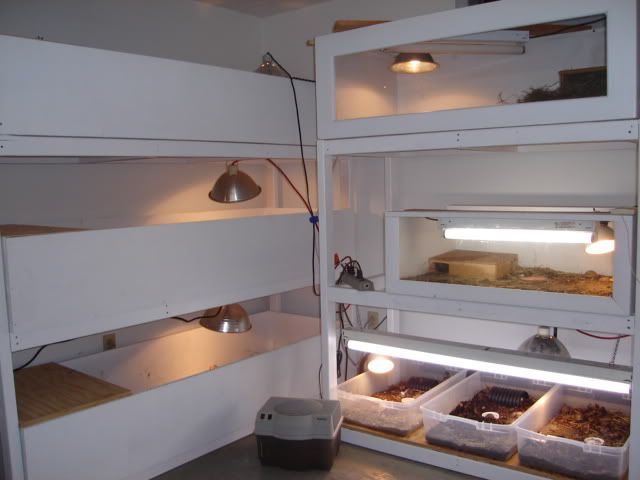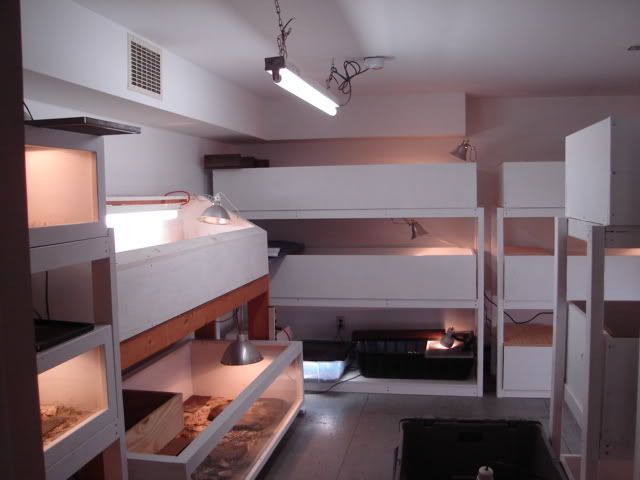- Joined
- Aug 28, 2012
- Messages
- 31
Hey, so I am thinking of adopting a Hermann Tort. I recently owned a baby Sulcata named Scooter, but he died from parasites, etc. from his time with the breeder.  I got pretty used to taking care of him and I would like another tort. I'm considering a Hermann's because it seems like the personalities are similar and the size is a LOT more manageable in the long run. But I was curious about the differences between raising a Sulcata and Hermann.
I got pretty used to taking care of him and I would like another tort. I'm considering a Hermann's because it seems like the personalities are similar and the size is a LOT more manageable in the long run. But I was curious about the differences between raising a Sulcata and Hermann.
My questions:
What's the best thing to keep them in? I know some people have glass fish tanks, some have rubbermaid tubs. I had Scooter in a large tortoise table I built myself, but it's my understanding that Hermanns need more humidity? That would be difficult to achieve on a table.
What's the best food to feed them? Is Mazuri ok?
What temps do they need to stay at?
Do they burrow?
Do they hibernate?
How long do they live? (I've heard anywhere from 20 years to 100 years so I'm confused)
Any special considerations?
Substrates?
MOST IMPORTANT: What are some big no-no's that people have found?
Thanks guys!
My questions:
What's the best thing to keep them in? I know some people have glass fish tanks, some have rubbermaid tubs. I had Scooter in a large tortoise table I built myself, but it's my understanding that Hermanns need more humidity? That would be difficult to achieve on a table.
What's the best food to feed them? Is Mazuri ok?
What temps do they need to stay at?
Do they burrow?
Do they hibernate?
How long do they live? (I've heard anywhere from 20 years to 100 years so I'm confused)
Any special considerations?
Substrates?
MOST IMPORTANT: What are some big no-no's that people have found?
Thanks guys!

